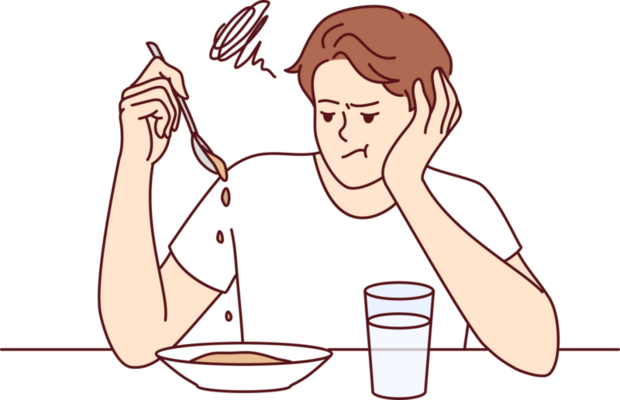Wellness Planning (Adults)
- jessicaaqian
- Oct 28, 2024
- 2 min read
Updated: Mar 14
Wellness Planning for Working Adults
Develop A Wellness Plan
Consolidating helpful coping strategies and resources can help you to be more reflective on past experiences, especially whether certain strategies have helped or not, and to brainstorm and search for new tools to help yourself.
1. Consolidating All Coping Strategies & Tools

Activities to remain well or help reduce distress - list down as many as possible
Things that have helped alleviate distress before orother things that could potentially be helpful
E.g. taking a cold/warm shower, going out for a walk, and spending time with family and friends
2. What Does It Mean To Be Well?
Part 1: What does being well feels & look like
Includes:
Subjective Feelings
E.g. feeling hopeful or motivated for work
Activities you do when well
E.g. being able to meet deadlines, eating regularly, showering daily
Part 2: Strategies to remain well
Daily routines to keep well
E.g. making the bed after waking up, taking a morning walk, journaling at the end of the day, taking breaks from work regularly
3. Identifying and Dealing With Triggers
Part 1: Identifying & Listening
List down triggers that you have encountered before
E.g. arguing with a significant other, being assigned a task you are not familiar with, or having to cope with and meet many deadlines
Part 2: Coping
What strategies/tools can be used when a trigger arises?
E.g. practising mindfulness - watching mindfulness videos onYouTube, heading to bed earlier, cooking or reading
4. Identifying A Downward Spiral; Coping Strategies
Part 1: Identifying
Signs include:
Unable to get out of bed or shower when needed
Losing appetite
Unable to keep up with demands of work
Isolating from everyone
List down any signs of prior experience of feeling like being in a downward spiral
Part 2: What To Do
Coping strategies could include:
Showering everyday
Eating when possible
Brushing teeth regularly
Focus on one thing at a time (e.g. focusing on getting up and then stepping into the toilet to brush teeth in the morning).
List down possible self-help strategies that might be helpful when in a downward spiral.

5. Identifying A Crisis & Seeking Help
Part 1: Identifying
Signs include having self- harm or suicidal thoughts and behaviours, being unable to care for one’s own basic needs (e.g. showering, eating, cooking).
Part 2: Seeking Help
If in need of support immediately: reach out to a suicide hotline (e.g. Samaritans of Singapore, or a University’s psychological emergency line)
Identify and head to emergency department of the nearest hospital
Click here to download guide (adults)









Comments